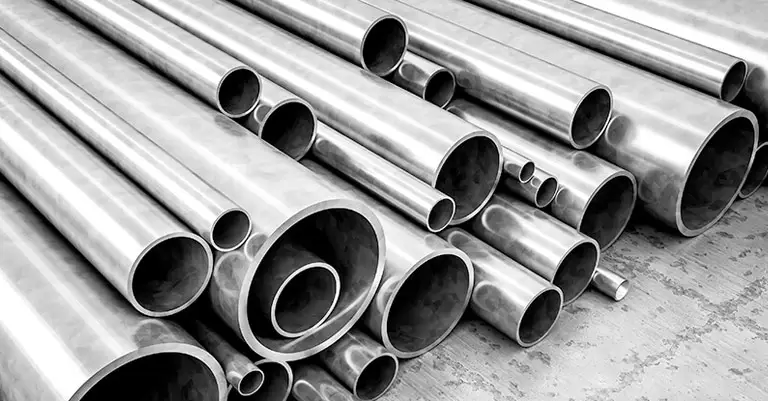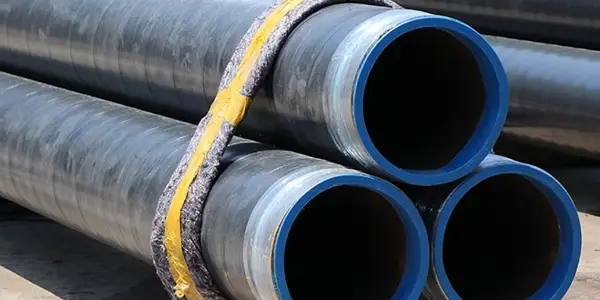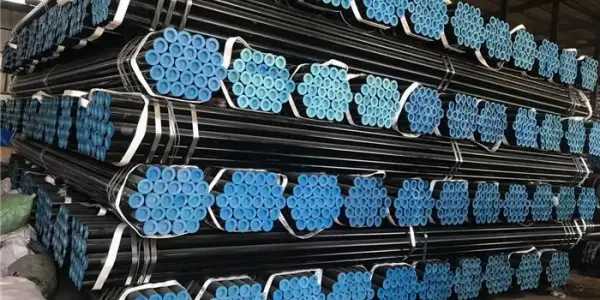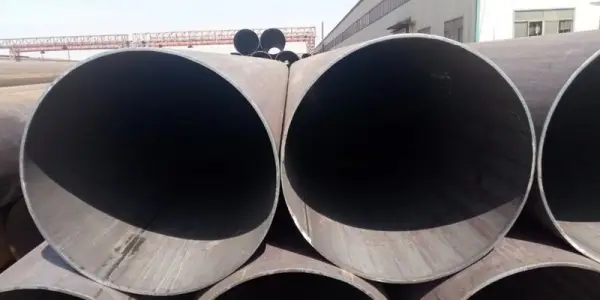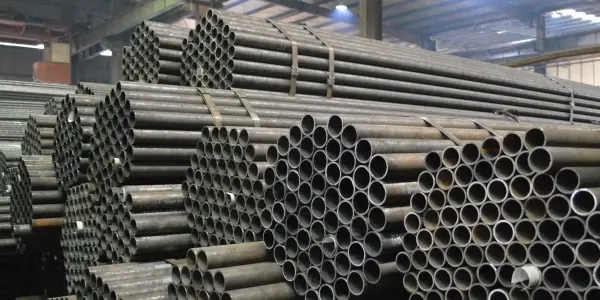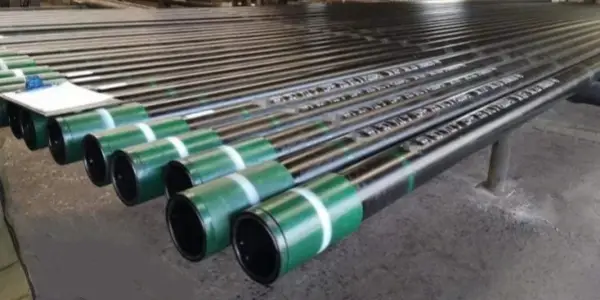-
Duplex Stainless Steel Grades
Duplex stainless steel(DSS) has a higher chromium content of 20–28%; higher molybdenum up to 5%, lower nickel up to 9%, and 0.05–0.50% nitrogen in compare with austenitic stainless steel. Duplex stainless steel material is an ideal selection in the aspect of resistance against pitting corrosion. The resistance against pitting corrosion is characterized by the pitting resistance equivalence number, or PREN Number defined as follows:
Read More
-
Anti-corrosion Technology of Seamless Steel Pipe
The anti-corrosion technology of seamless steel pipes is crucial to protect the pipes from corrosion and extend their service life, especially when they are exposed to corrosive environments. There are several common anti-corrosion technologies used for seamless steel pipes.
Read More
-
CS Seamless Pipe Cold Treatment Process
In the production of carbon steel (CS) seamless pipes, the cold treatment process is usually used to improve the strength and hardness of the material. The following is the general CS seamless pipe cold treatment process.
Read More
-
Heat Treatment of LSAW Steel Pipe
Longitudinal Submerged Arc Welded (LSAW) steel pipes are commonly used in various industrial applications, and heat treatment can be an important step in their manufacturing process to enhance their mechanical properties and ensure proper performance. Heat treatment processes for LSAW steel pipes typically involve procedures like normalization, stress relieving, and quenching and tempering. This article is a general overview of these heat treatment processes.
Read More
-
ASTM A53 Grade B ERW Steel Pipe
ASTM A53 Grade B is a standard specification developed by ASTM (American Society for Testing and Materials) for black and hot-dipped, zinc-coated, welded and seamless steel pipe. ASTM A53 Grade B ERW (Electric Resistance Welded) steel pipe is commonly used for transporting water, gas, and oil in various industries. Here are some key features and specifications of ASTM A53 Grade B ERW steel pipe.
Read More
-
Burr Removal of ERW Welded Pipes
Electric Resistance Welded (ERW) pipes can sometimes have burrs or sharp edges as a result of the welding process. Removing these burrs is essential for safety, aesthetics, and to ensure the pipes meet specific industry standards. Here are some methods commonly used for burr removal in ERW welded pipes.
Read More
-
Carbon Steel Seamless Pipe Anti-corrosion Measures
Carbon steel pipes are susceptible to corrosion, which can reduce their lifespan and compromise their structural integrity. Implementing anti-corrosion measures is crucial to protect carbon steel seamless pipes in various applications. Here are some common anti-corrosion measures for carbon steel seamless pipes.
Read More
-
Stainless Steel Welded Pipe Processing Technology
Stainless steel welded pipe is a tubular product made of stainless steel strips or coils through multi-pass welding. As a professional stainless steel welded pipe manufacturer, Union Steel Industry has summarized some knowledge about stainless steel welded pipe processing for your reference.
Read More
-
Function Differences Between Drilling Casing And Tubing
Drilling casing and tubing are essential components in the oil and gas industry, each serving distinct functions in the drilling and production processes. Here are the main function differences between drilling casing and tubing.
Read More
-
How to Solve the Deformation of J55 Casing Pipe?
Deformation of J55 casing pipes can occur due to various reasons, including mechanical stress during handling, improper installation, or changes in temperature. Here are some steps to help address and prevent the deformation of J55 casing pipes.
Read More

 English
English Español
Español




 Tel : +86-18565811709
Tel : +86-18565811709 Email :
Email : 
